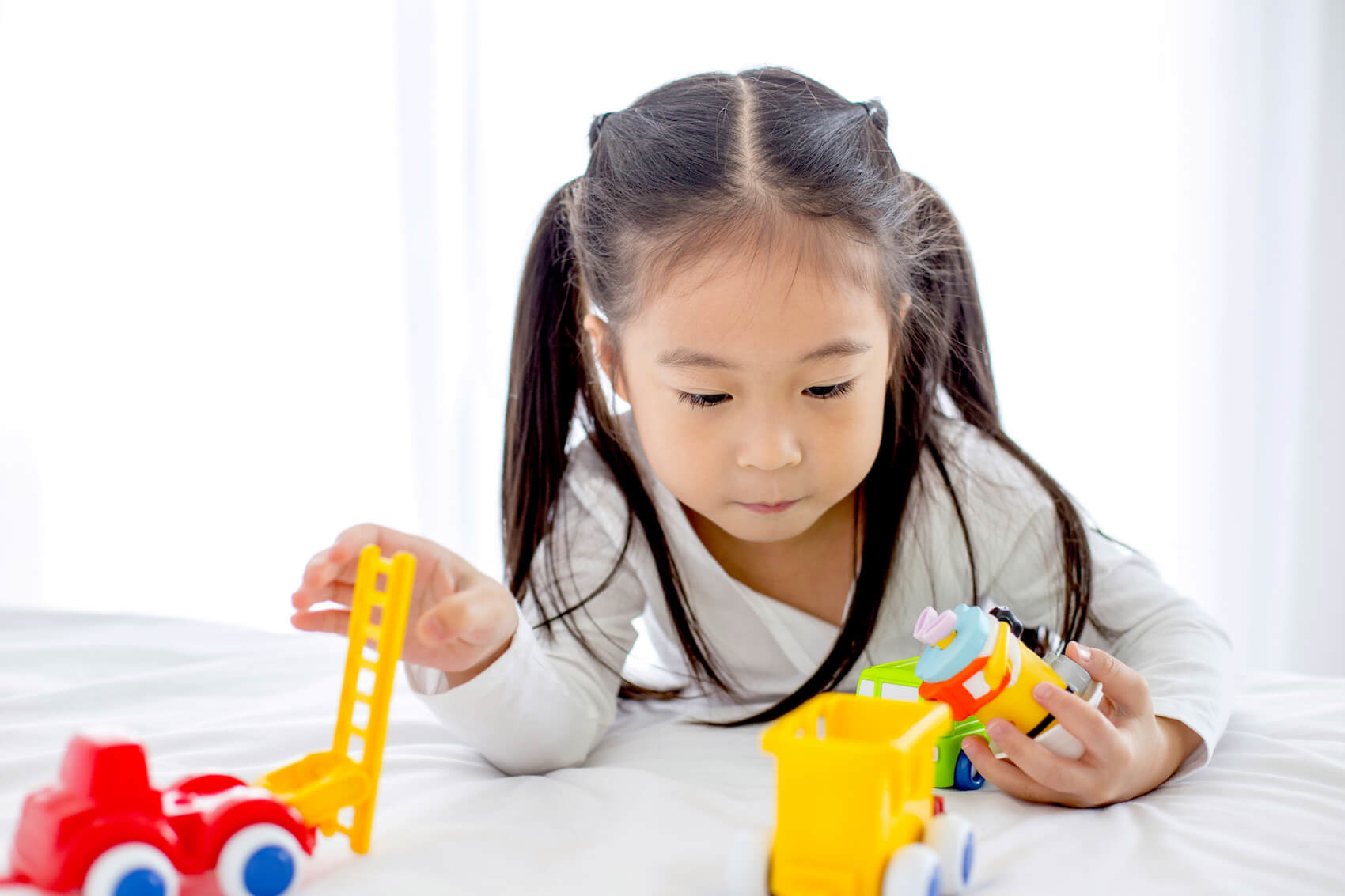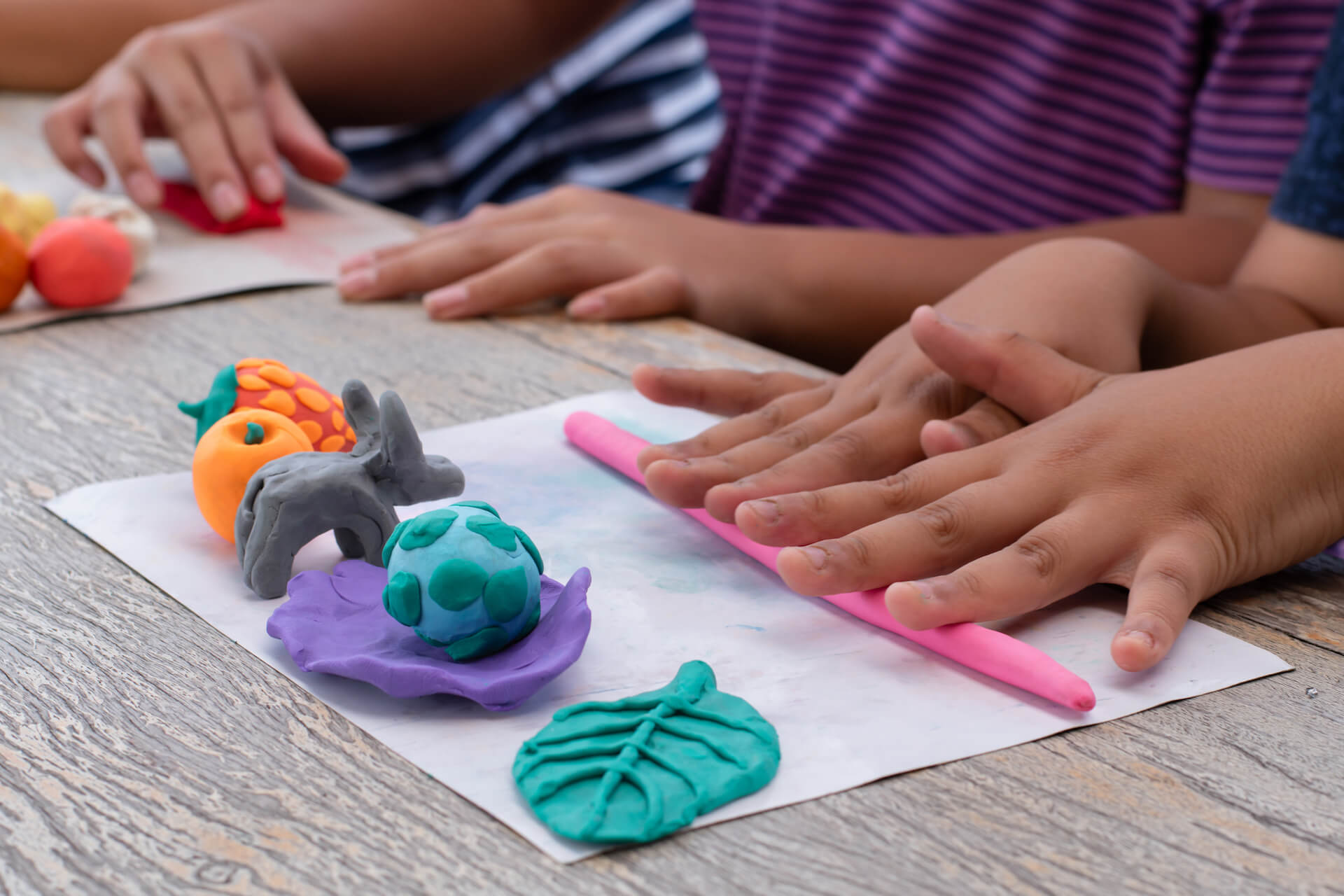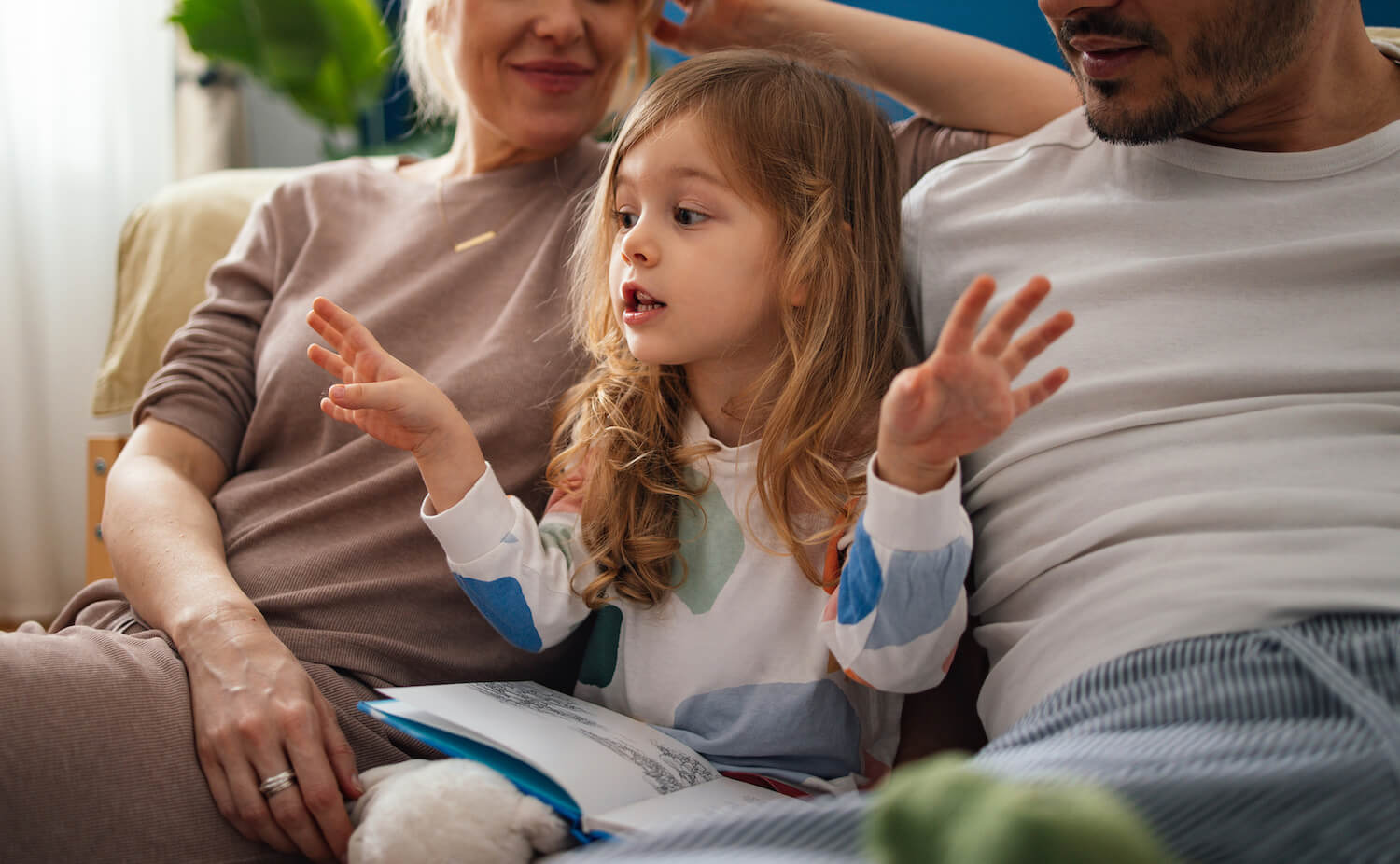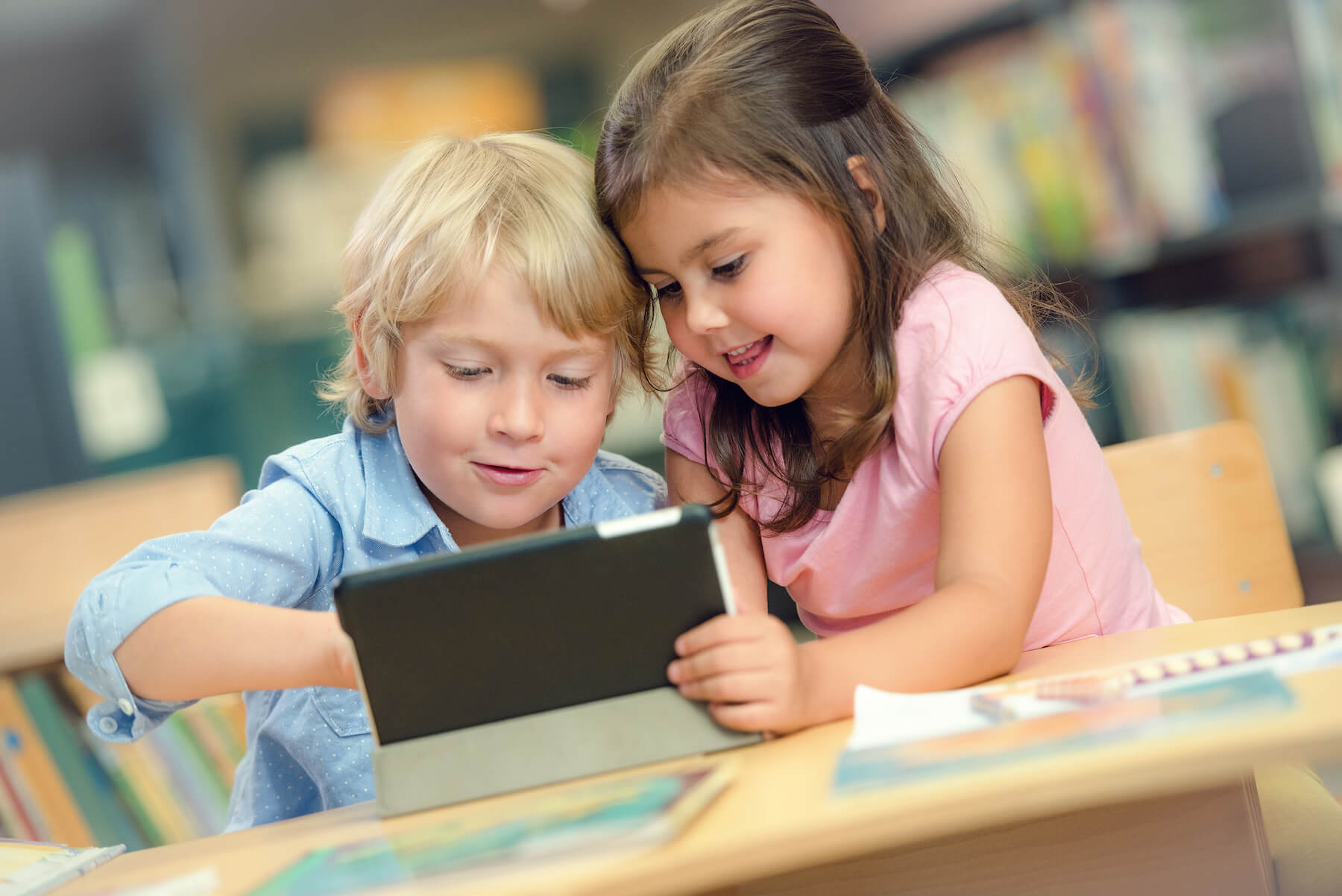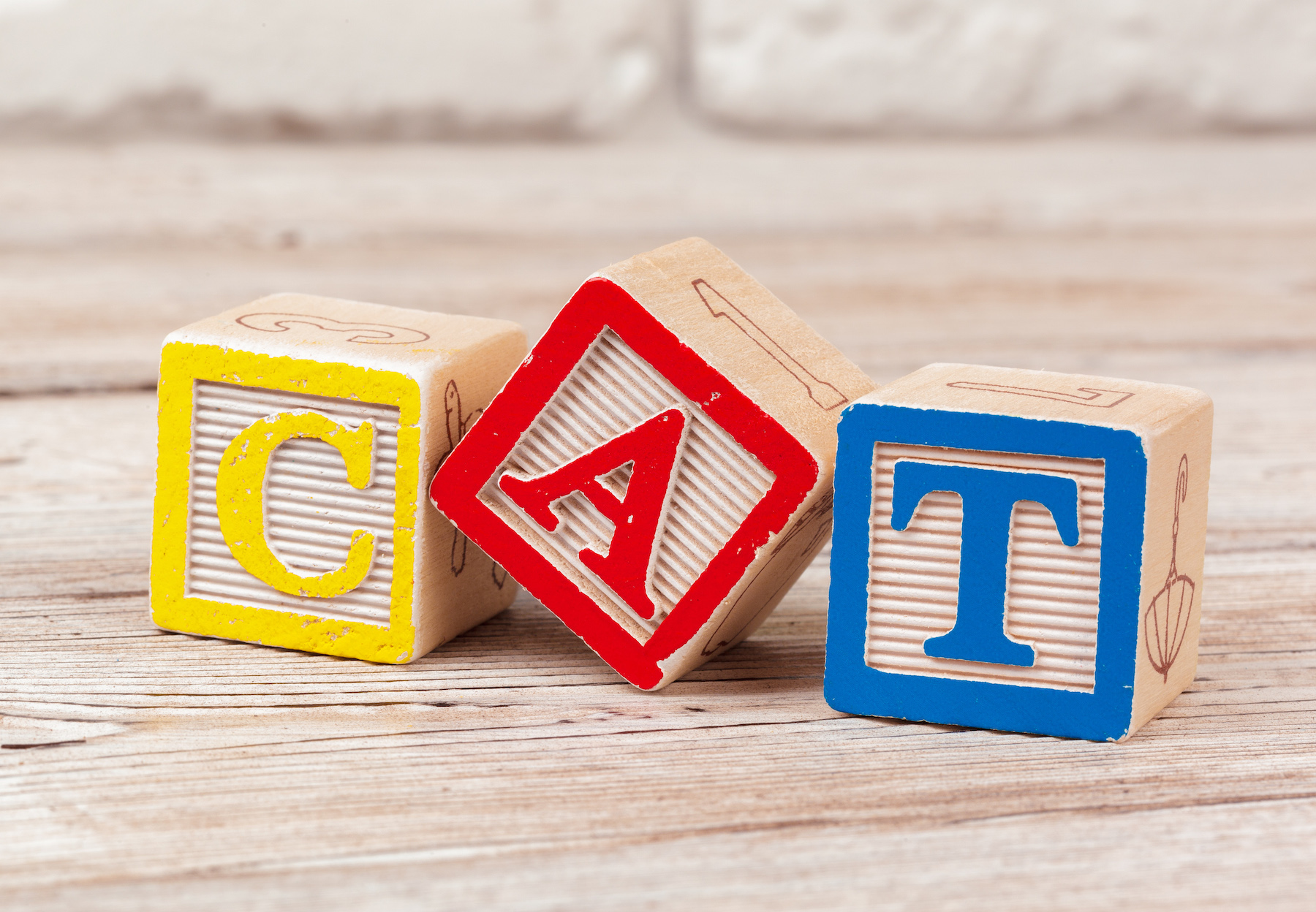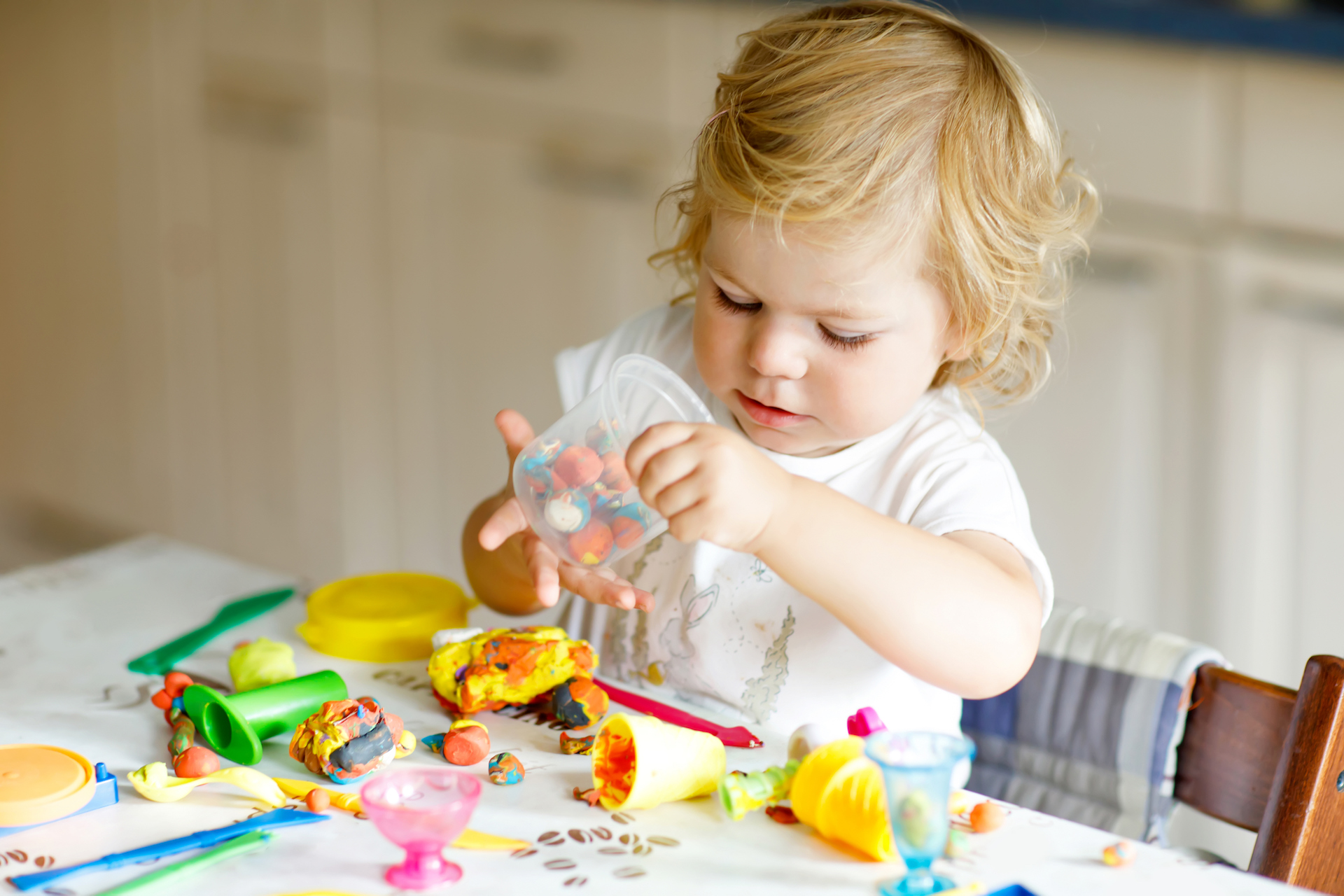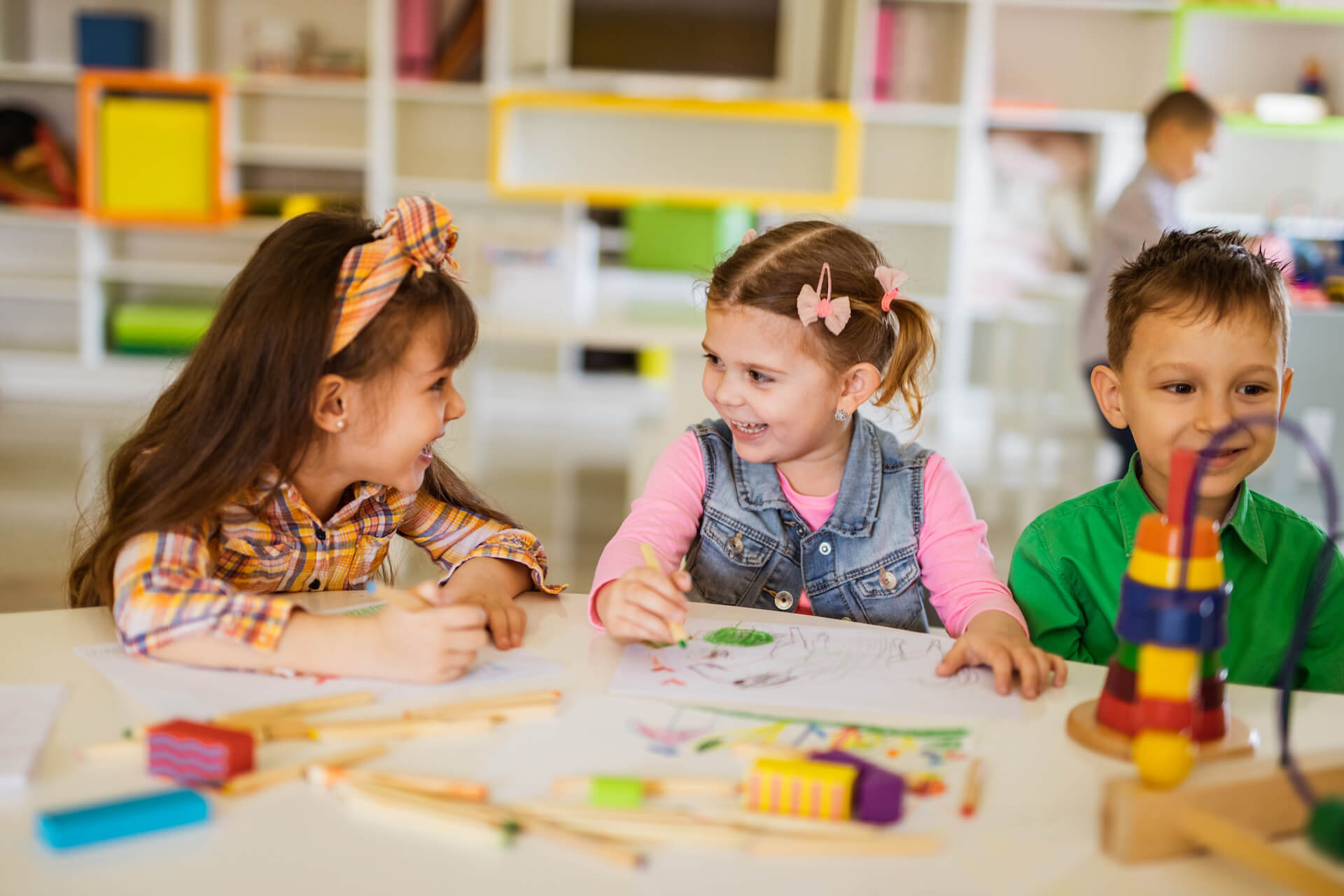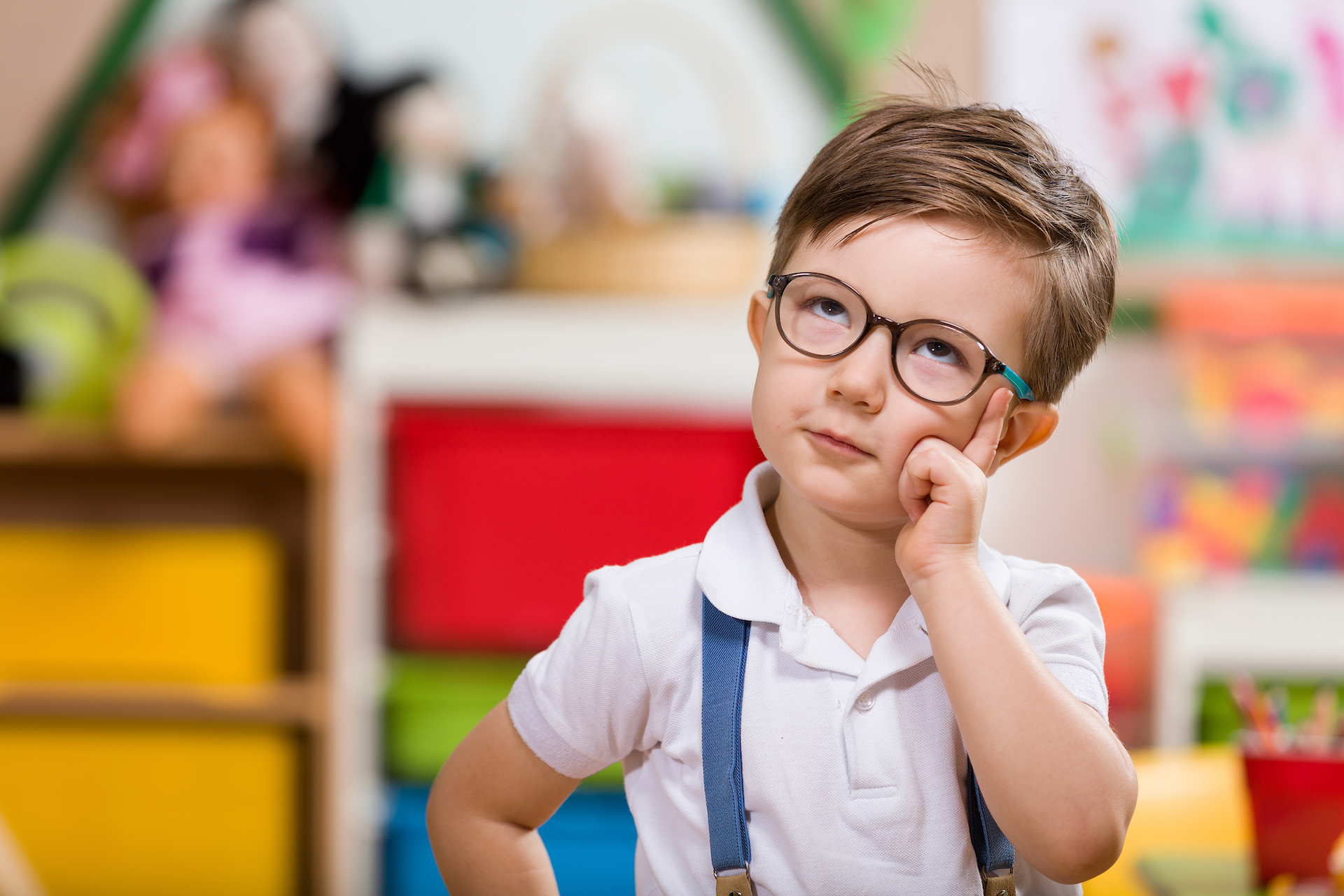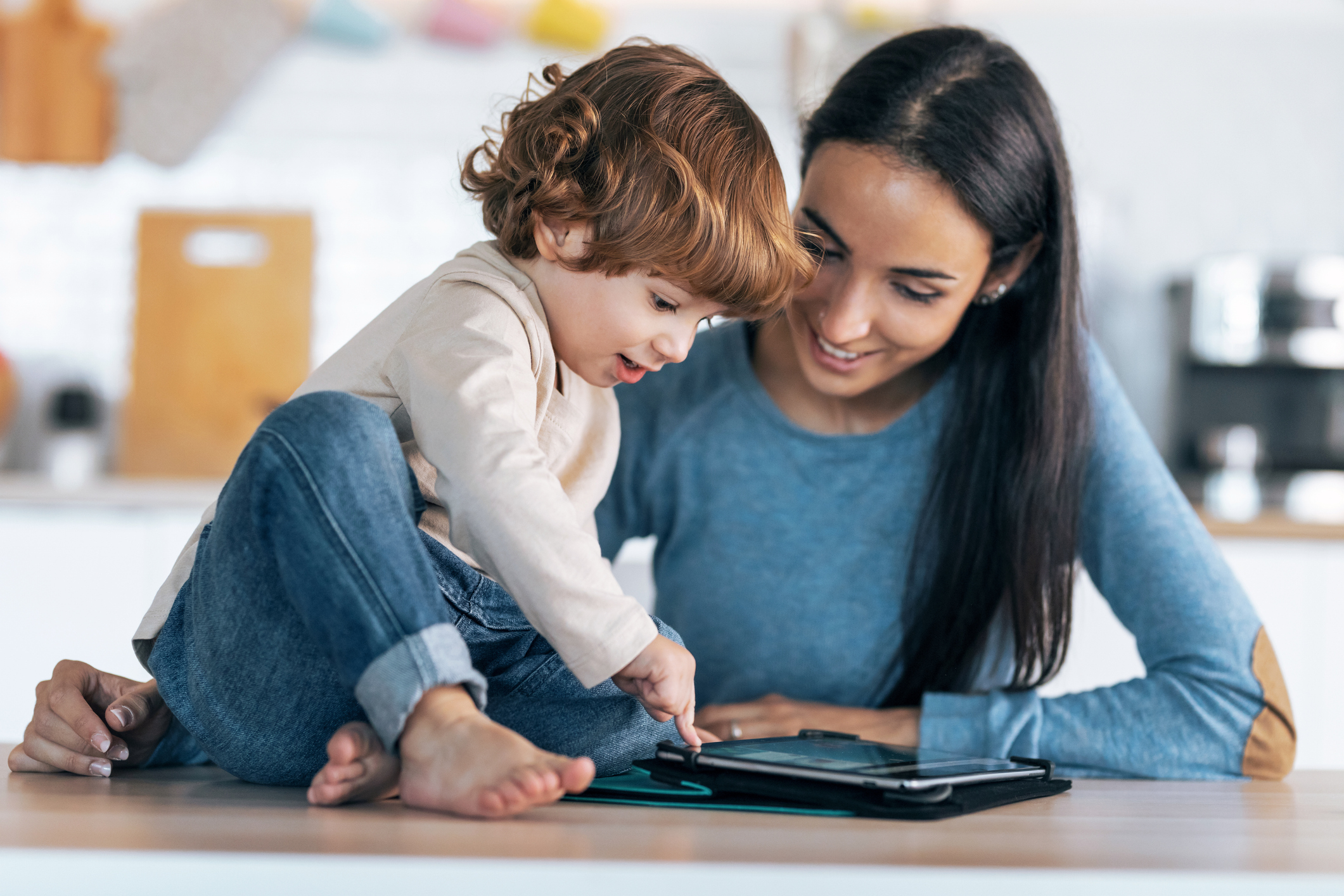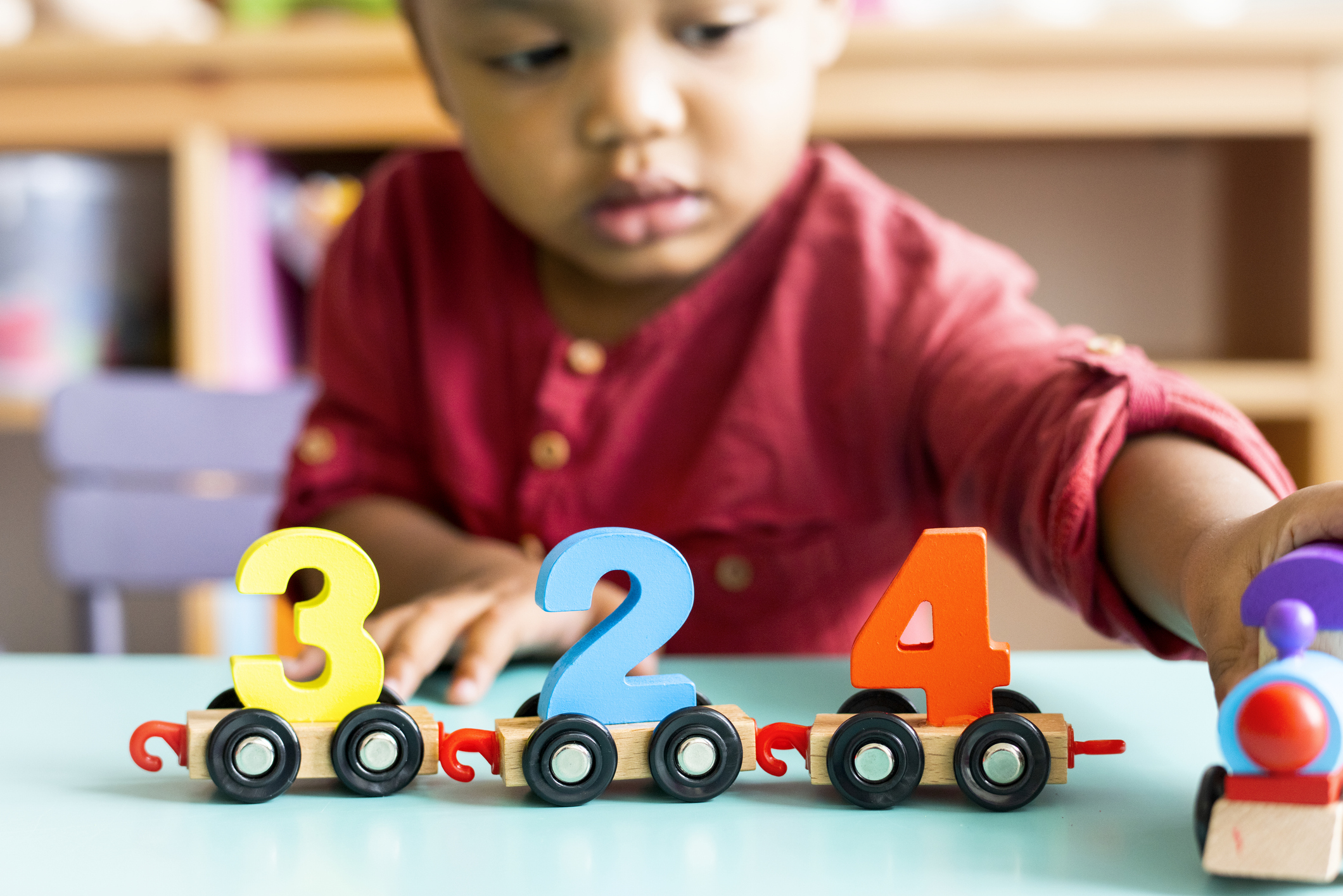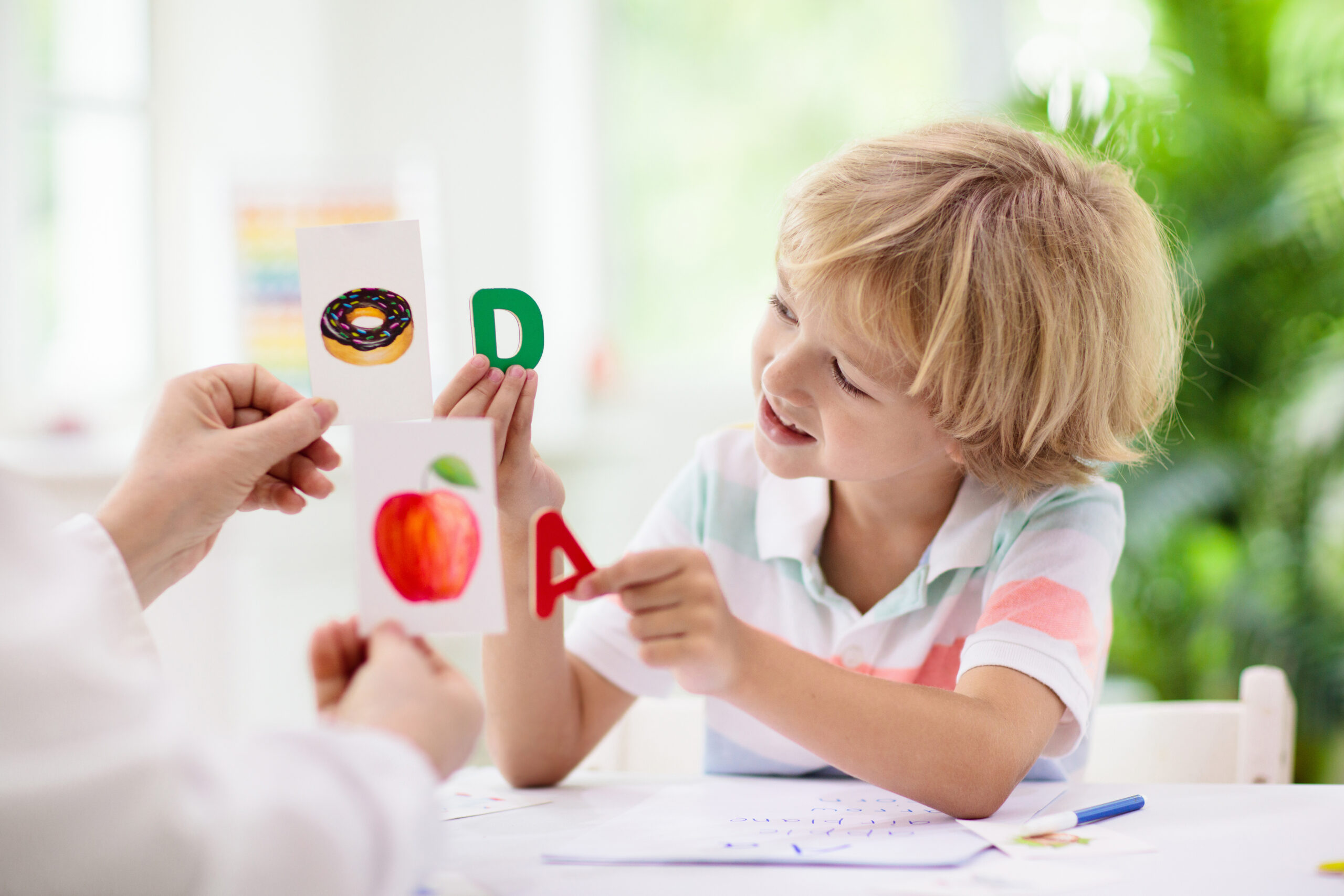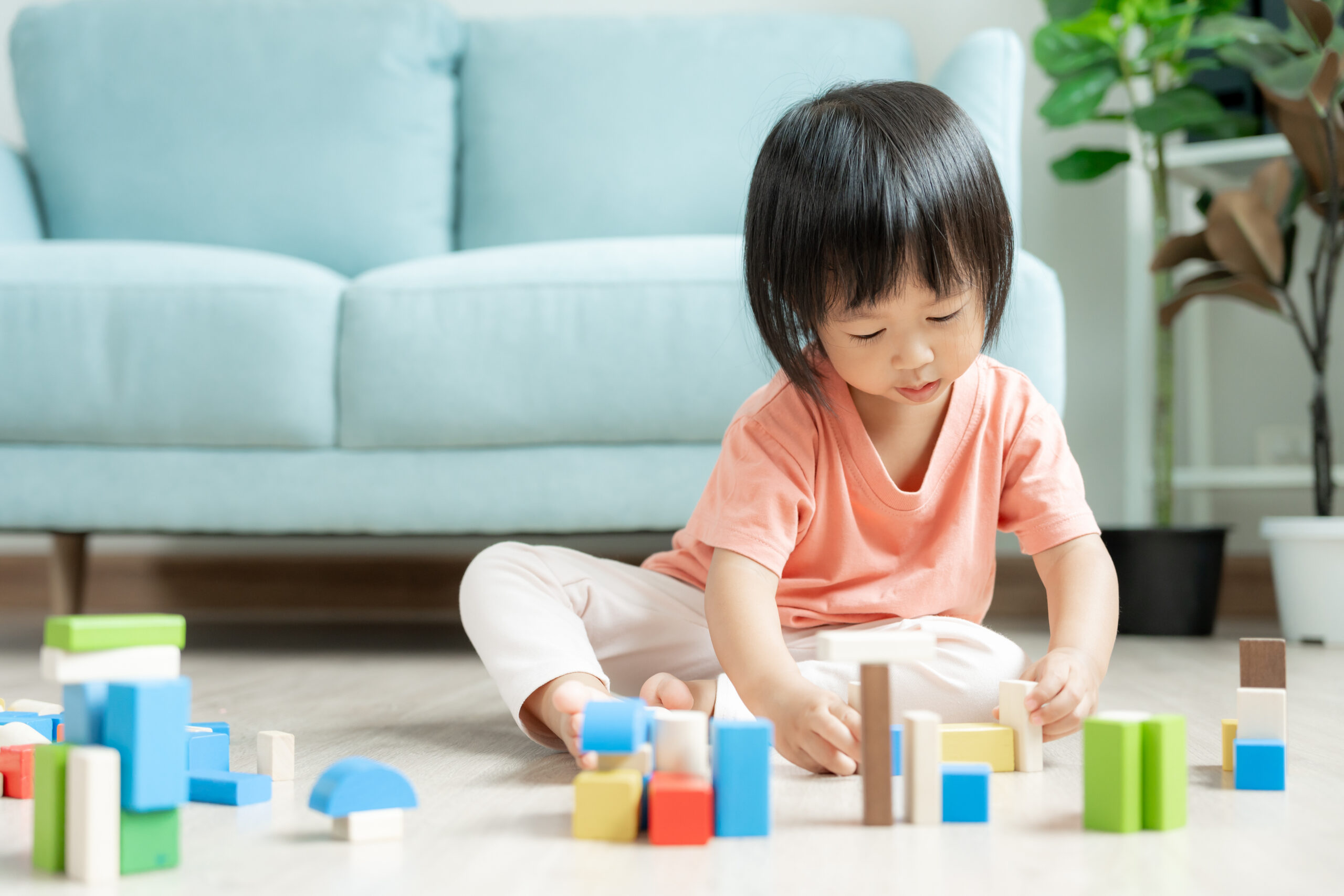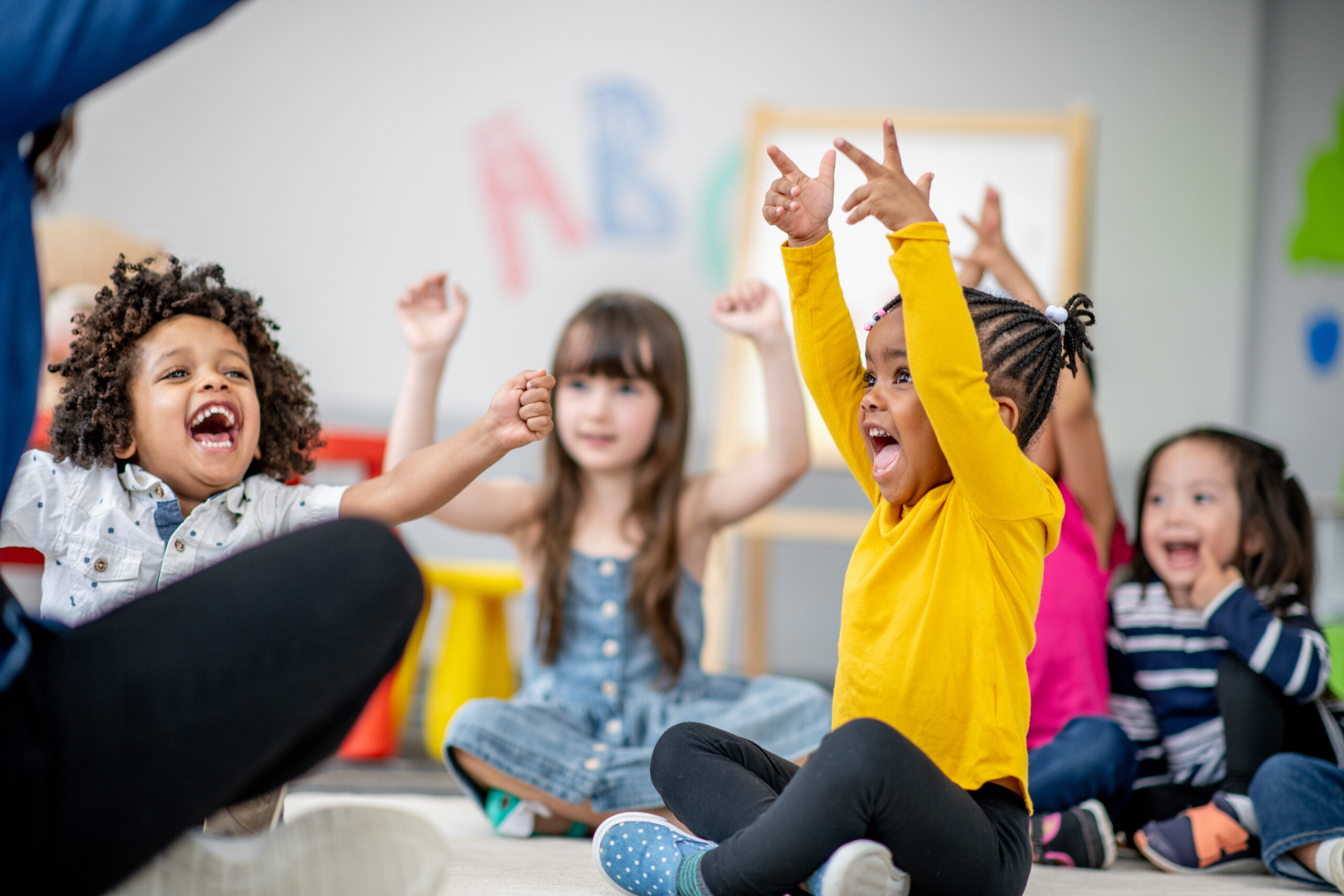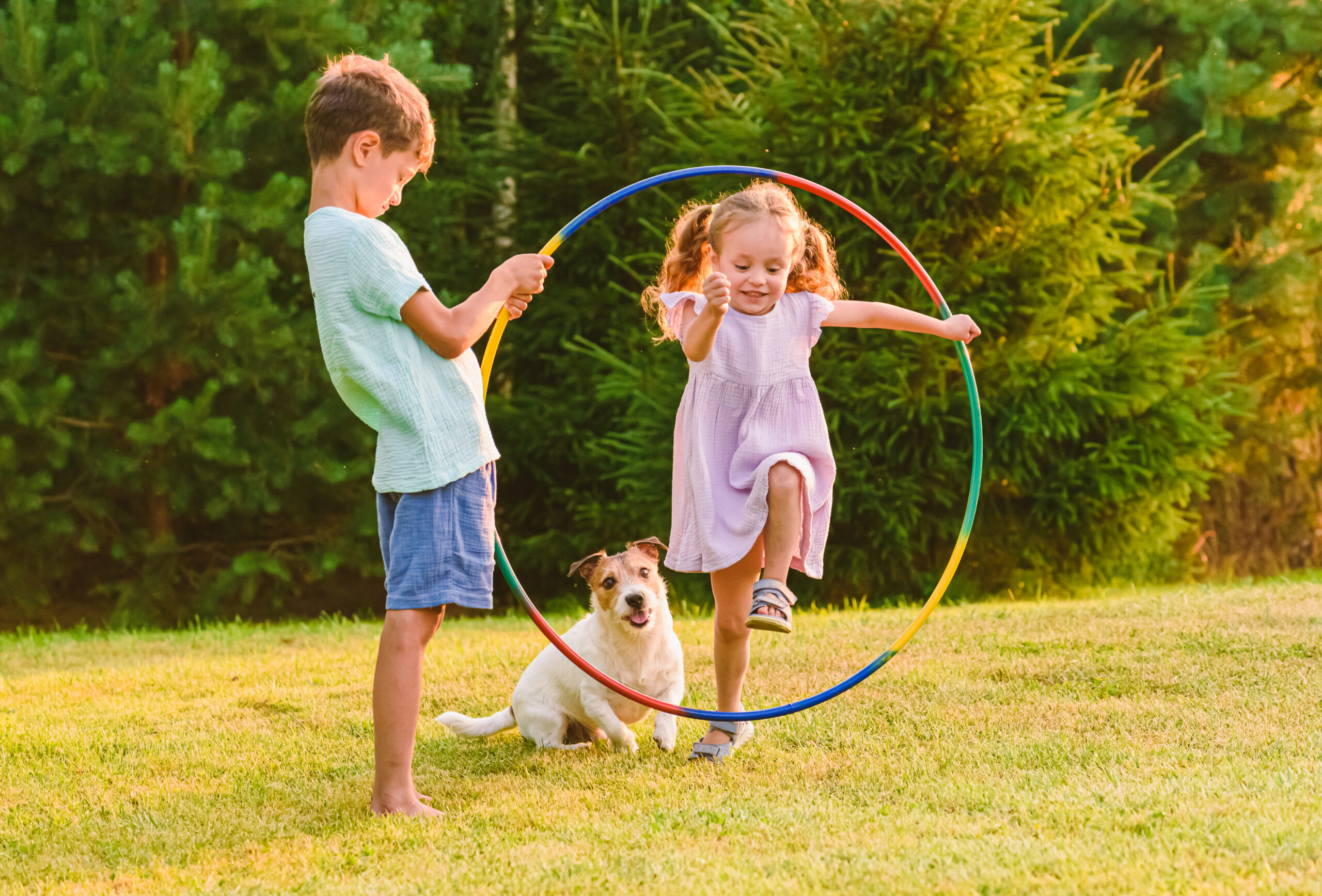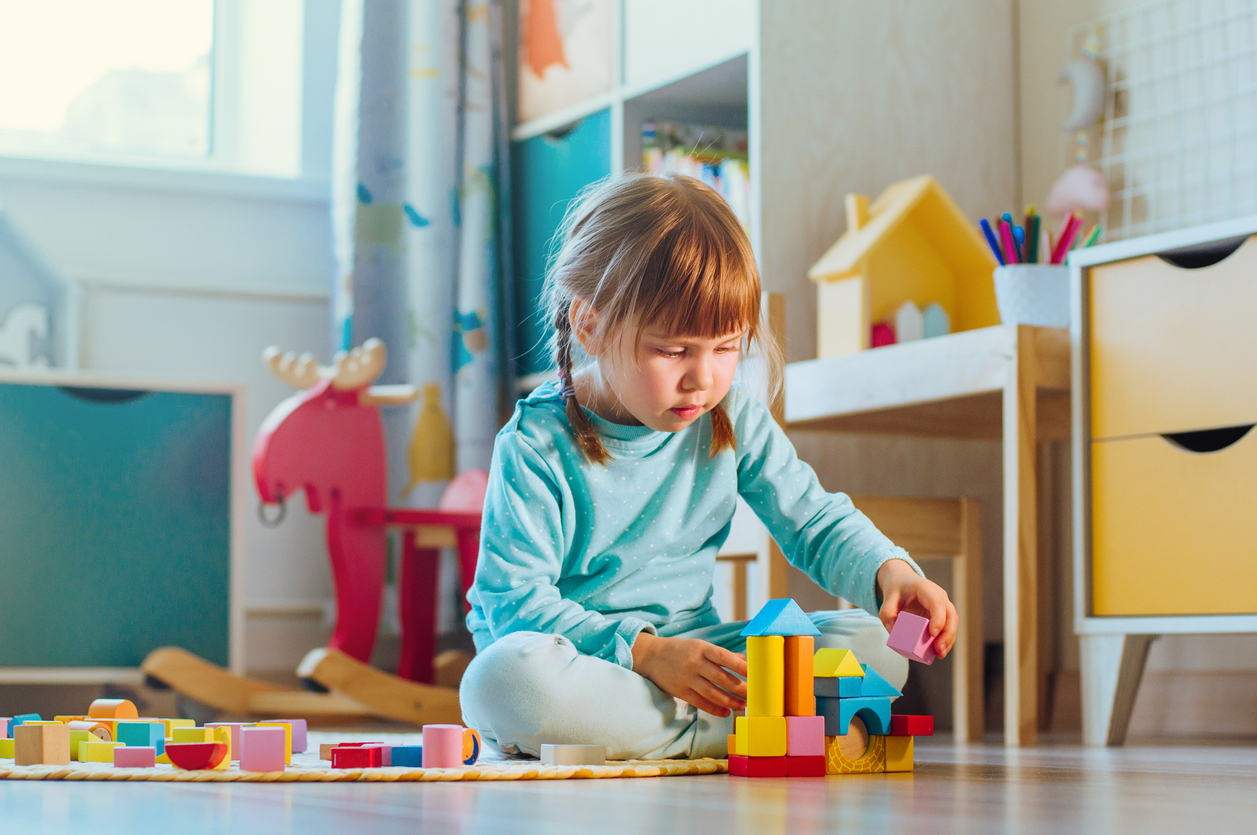The Ultimate Guide to the Best Books for 3 Year Olds: 30+ Essential Picks That Build Lifelong Readers
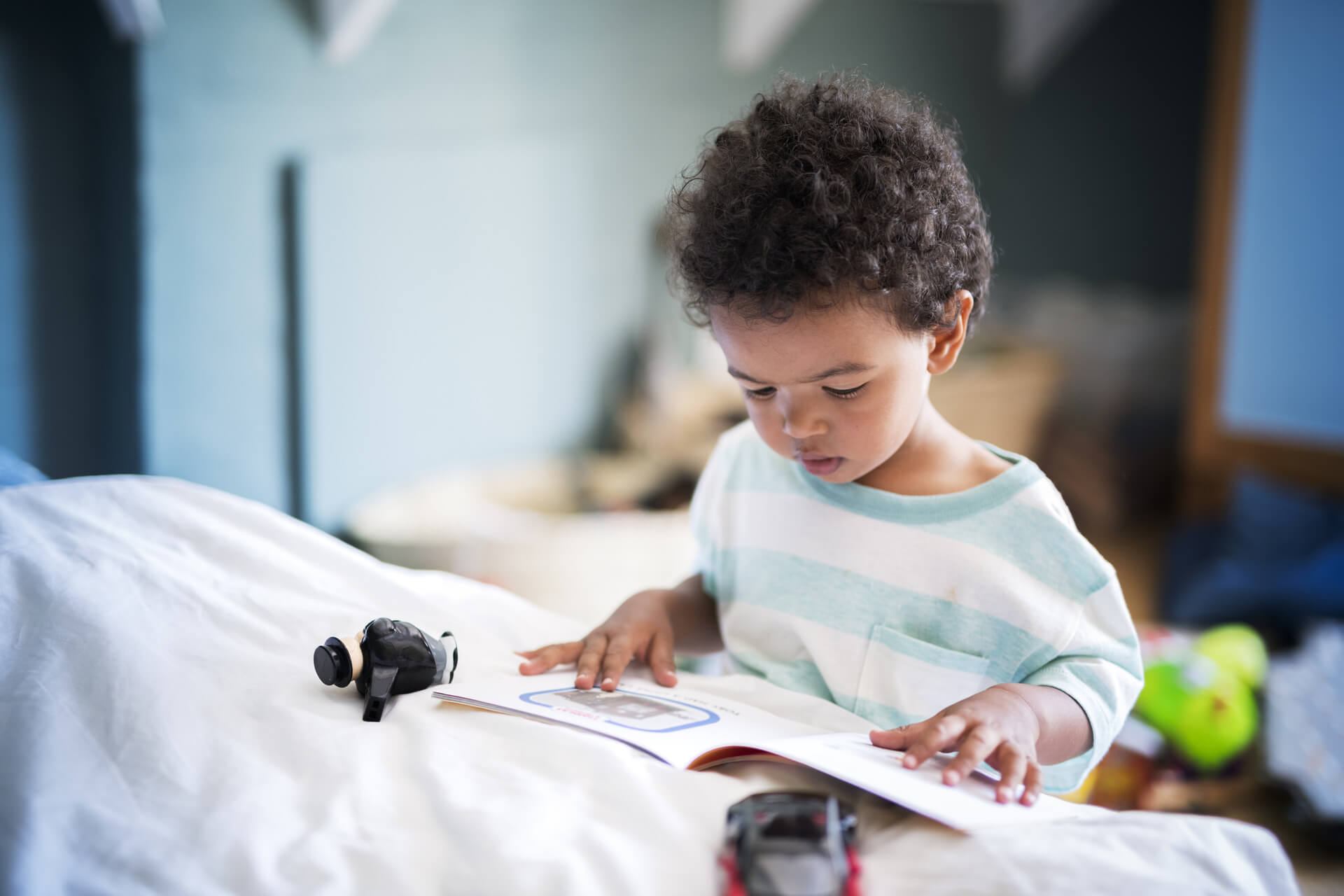
Did you know that the simple act of reading to your 3-year-old can fundamentally change their academic trajectory? Research from the National Institutes of Health shows that parent-child book reading during the toddler years (ages 1-2) significantly predicts reading, spelling, grammar, and numeracy skills all the way through elementary school.
The research data speaks for itself: Spending 11 min daily, reading to your child will lead to noticeable progress in reading, spelling, grammar, and numeracy level in them during elementary school. It’s important to remember that when your child is 3 years old, their brain is 80% grown up, meaning this is a great i time to develop language skills and the best approach is through books and reading.
Research Findings Behind Reading to Kids
Statistical Evidence:
-
- Kids growing up in homes with over 100 books have a 90% chance of finishing 9th grade , compared to just 30% in homes without books.
- Just 11 minutes of daily book reading with young children positively predicts long-term academic outcomes
- Reading for pleasure in early childhood is linked to bigger brain volumes in later years, with effects showing up across multiple brain regions.
- Shared and interactive reading among kids and parents isn’t just fun. It shows a strong and positive effect on children, with research showing a distinct improvement in their speaking and reading abilities when they grow up.
Science Behind Why These Books Work:
Storytime doesn’t only create a special bond between the parents and kids. It also introduces children to words, ideas, and ways of thinking they wouldn’t come across in day to day activities.
-
- By age 2 -3, kids who spend time with their parents reading regularly know about 300 more words than other children.
- Brain scans show that regular reading helps growth in the areas of the brain that’s responsible for understanding and problem-solving.
- Children who spend time reading books at an early age perform higher in academics once they join school, despite their family’s income or background.
- Early reading habits pave the way to long-term outcomes, including better education levels, career success, and overall wellbeing of themselves.
Why 3-Year-Olds Are Special Readers
Most kids at age 3, can sit and focus on a picture book for 10-15 minutes, making this a crucial time to develop a love for books and stories. At age three, children are hitting amazing milestones in how they understand and use words. Their brains are also developing quickly in how they think and understand.
-
- They know that printed words and images in a book carry meaning and they start recognizing familiar letters and signs.
- Favorite rhymes and stories become something they want to join in and retell themselves to parents or friends.
- They start connecting letters with sounds and enjoy stories with multiple characters.
-
- They can follow simple storylines from beginning to end and start making predictions about what will happen next.
- Everyday experiences help them relate to the stories they read and build deeper understanding.
- They even begin showing clear preferences for certain books and authors.
What Makes a Great Book for 3-Year-Olds?
Choosing books for a 3-year-old is about finding stories that captivate their interest and grow their young minds. Here’s what to look for:
-
-
- Bright and Fun Pictures: Children around age 3 learn more from pictures than words. Hence, choosing books with beautiful, colorful illustrations is best as it does most of the storytelling. This helps kids understand and enjoy the story without needing to read every word.
- Simple but Rich Language: It’s advised to pick books that expand your child’s vocabulary slightly, just a little above your child’s current level. This gently introduces new words to them without making the story too hard to understand and remains enjoyable.
- Relatable Characters and Situations: Books about friendship, family, emotions, and everyday experiences help children see themselves in the characters, making the story feel real and meaningful.
- Repetition and Predictability: Kids love books that have repeat words, rhymes, and predictable patterns. This helps them remember the story and gives them confidence to “read along” even if they can’t recognize all the words yet.
- Interactive and Fun: The best books make kids join in answering questions, making sounds, or doing little actions along with the book’s storyline. This keeps three-year-olds engaged and excited to turn the page.
-
The 30+ Best Books for 3 Year Olds: Complete Category Guide
Classic Must-Have Picture Books
1. The Very Hungry Caterpillar by Eric Carle
This story is about a small caterpillar who is very hungry and eats lots of food and finally becomes a butterfly. It is considered as a classic first book to introduce to kids as it helps kids learn to count numbers, days of the week, know healthy foods, and see how things change and grow. Bright pictures and simple words make it fun for young kids who enjoy repetitive words.
2. Where the Wild Things Are by Maurice Sendak
In this book, a small boy, Max, gets sent to his room and he imagines sailing off to a land full of wild creatures. This adventure lets kids explore big emotions like anger, and learn to express their feelings, and understand the comfort of home. The story introduces the concept of imagination and adventure. Best for kids who start dealing with big feelings.
3. Goodnight Moon by Margaret Wise Brown
A small bunny says goodnight to everything around his room during his bedtime. The gentle words and soft illustrations in this book make bedtime calm and cozy, helping kids recognize routines. It’s perfect for relaxing before sleep and building simple language in a peaceful way.
4. Green Eggs and Ham by Dr. Seuss
This story is about Sam-I-Am who tries to convince his friend to taste green eggs and ham anywhere possible. Children learn about rhyming, being open to new experiences, and sticking with a challenge, all with just 50 simple words. It’s ideal for reading at an early age and for kids who enjoy playful story time. Also good for children who are picky eaters.
5. Corduroy by Don Freeman
Corduroy is a teddy bear who searches for his missing button and hopes to find a friend. The sweet story teaches about friendship, acceptance, and belonging that connects with the child’s need for security. It helps kids learn empathy and builds confidence as they see Corduroy’s determination and kindness.
Books About Emotions and Social Skills
6. The Color Monster: A Pop-Up Book of Feelings by Anna Llenas
This story is about a colorful monster who wakes up feeling all mixed up with different emotions. A little girl helps him sort his feelings by matching each one to a color. It teaches children to recognize and name their emotions and understand what they feel. This fun book is best for kids around age 2 – 4, who develop self-awareness and help in expressing themselves.
7. Llama Llama Red Pajama by Anna Dewdney
Llama Llama feels worried and scared when his mom leaves for the night. The story helps kids understand bedtime struggles and fear of separation from the parent. Through comforting rhymes, it helps children manage their feelings and solve problems, making it perfect for children starting school or having trouble with bedtime.
8. The Way I Feel by Janan Cain
This book talks about many feelings kids often have while growing up, like happy, sad, or frustrated, through simple stories and rhymes. It helps children learn new words about feelings and understand others’ emotions as well. A must-have book for parents who want to build confidence, kindness, social skills and emotional growth in their child.
Interactive and Participation Books
9. Dragons Love Tacos by Adam Rubin
This is a funny story about dragons who love to eat tacos but can’t handle spicy salsa. With silly jokes and surprises, this book helps kids learn to notice details and enjoy humor. It’s great for children who love playful stories and want to practice guessing what will happen next.
10. You Are a Lion! by Taeeun Yoo
Storytime meets yoga time! This book combines storytelling with fun yoga poses inspired by animals. Kids mimic the animal poses through the story while enjoying physical movement. It’s perfect for children who need a break to move and calm down and focus.
11. The Feelings Book by Todd Parr
Children learn to recognize and name different emotions with simple language and bright, bold illustrations that make feelings feel real. They learn that every feeling is normal and get the words to express them. This book normalizes the full range of emotions and encourages kids to talk openly with adults.
Books for Building Independence
12. All by Myself (Little Critter) by Mercer Mayer
This story shows a little critter wanting to do everything by himself but also learning when it’s okay to ask for help. It perfectly connects with the minds of many 3-year-olds who like doing things on their own. It helps kids feel confident and learn to solve simple problems while understanding their limits, making it great for toddlers learning their independence, especially during potty training.
13. I Can Do It Myself by Emily Perl Kingsley
A child tries to do different things on their own in this book, but learns it’s okay to ask for help sometimes. This book encourages kids to be independent while understanding that getting support from parents is also okay. It builds confidence and helps children feel proud as they learn to do new things.
Educational and Learning Books
14. Richard Scarry’s Best Word Book Ever
This book is full of pictures with hundreds of labeled objects. This best seller is a great way to entertain children while teaching them new words and sort things into groups. Kids who love looking closely at pictures will enjoy this book and improve their vocabulary simultaneously and develop observation skills.
15. Chicka Chicka Boom Boom by Bill Martin Jr.
A fun and rhythmic story about letters climbing a coconut tree. It makes learning the alphabet exciting with rhymes and repetition. This book helps kids recognize letters, remember the alphabet order, and enjoy musical lyrics.
16. Ten, Nine, Eight by Molly Bang
This is another gentle bedtime story that counts backward from ten to one. Kids learn to recognize numbers and practice counting in reverse. It’s perfect for calming down at bedtime while building early math skills.
Books About Family and Relationships
17. Mama Do You Love Me? by Barbara M. Joosse
This book shows a child asking many questions to find out how much their mother loves them, exploring unconditional love in many situations. It helps children feel secure and understand emotional bonds, and also introduces cultural awareness. It’s great for children who need reassurance about love, including adopted kids.
18. The Wonderful Things You Will Be by Emily Winfield Martin
This is a gentle story narrating all the wonderful things a child can grow up to be. This book focuses more on inner qualities and dreams of a kid rather than just academic and other achievements. It encourages kids to believe in themselves and think about their future in a positive way. Perfect for building confidence and talking about hopes and values in life.
Books About Friendship
19. Frog and Toad Are Friends by Arnold Lobel
This simple chapter book shares stories about two friends and their adventures. It teaches the value of friendship and being there for each other. It’s a good step for 3-year-olds ready for longer stories.
20. The Rainbow Fish by Marcus Pfister
Another beautifully illustrated story about a shiny fish learning to share his special scales with others. It teaches kids about sharing, friendship, and accepting what makes us unique while fitting in. Great for children learning to share or those who feel shy or different.
Bedtime and Calming Books
21. Little Owl’s Night by Divya Srinivasan
This book follows a curious little owl exploring the quiet forest at night, meeting gentle animals along the way. This calming story helps kids learn words about night and animals and is perfect for children afraid of the dark or having trouble with bedtime.
22. Time for Bed by Mem Fox
A sweet, rhyming story that gently guides animals and children to sleep. It creates a soothing bedtime routine with fun animal characters and rhythmic words. This book is ideal for kids who struggle to settle down at night and who love animals.
Transportation and Vehicle Books
23. Goodnight, Goodnight Construction Site by Sherri Duskey Rinker
In this fun story, big trucks on a construction site finish their work and get ready for bed. It combines a love of vehicles with a comforting bedtime routine. Kids who love to play with vehicles will enjoy this calm, rhyming book during their sleeptime.
24. Richard Scarry’s Cars and Trucks and Things That Go
Another book full of colorful pictures of every kind of vehicle you can imagine. This book lets kids explore and search for hidden Goldbugs. It helps develop attention to detail and learn vehicle names. Perfect for kids who love transportation.
Books About Animals and Nature
25. Brown Bear, Brown Bear, What Do You See? by Bill Martin Jr.
This repetitive, simple talk asks about different animals and colors, helping kids learn them both easily. The bright pictures assist the kids in reading and help them recognize colors and animals. This is an excellent choice for new readers.
26. The Artist Who Painted a Blue Horse by Eric Carle
A beautiful and creative story encouraging kids to explore colors and imagine freely, showing that art doesn’t always have to be realistic. It helps children develop creativity and learn about colors in fun ways. Perfect for little artists who love to play with crayons and colours.
Funny and Silly Books
27. The Day the Crayons Quit by Drew Daywalt
This funny book is told by crayons who are tired of how they’re used and their amusing complaints through ‘letters’. It makes learning colors fun and brings lots of laughs for both kids and adults. Perfect for sparking imagination in young readers and making storytime a joyful experience.
28. Don’t Let the Pigeon Drive the Bus! by Mo Willems
This book lets the kids play the part of the responsible adult who has to say “no” to a very persistent pigeon wanting to drive the bus. This interactive story teaches kids about rules, understanding limits, and having fun with humor. Great for children learning about boundaries and those who love to take charge.
29. Books About Different Cultures and Diversity
29. Last Stop on Market Street by Matt de la Peña
This is a beautiful story about a boy and his grandmother riding the bus and noticing the beauty in everyday things, even when life isn’t perfect. It teaches kids kindness, being thankful, and seeing value in the world around them. Perfect for helping children understand differences and appreciate what they have.
30. The Name Jar by Yangsook Choi
This story follows a girl who worries about how others will say her unusual name at school. It gently explores cultural identity, the importance of names, and accepting differences with kindness. This is a wonderful book to introduce multiple cultures to kids while teaching them about self-identity, empathy and respect for others.
How to Choose the Perfect Books for Your Unique 3 Year Old
When picking the best books for a child, start by paying attention to their unique interests and personality.
-
-
-
- If your child loves vehicles, look for Richard Scarry books like “Goodnight Construction Site,” or similar books featuring cars, trucks, and trains.
- Kids who love animals and nature, prefer stories like “Brown Bear, Brown Bear,”, and science-themed books about trees, sun, stars, etc.
- For children who ask a lot of questions, you can spark their curiosity with books about how things work, simple nature guides, and stories about discovery.
- Kids who love to chat with everyone and be social will enjoy friendship-themed stories, books about emotions, and read-aloud books where everyone around them can participate.
- Toddlers who start being independent often enjoy “I can do it!” stories or books that gently introduce themes of responsibility and growing up.
-
-
Adjusting to Attention Spans
Not all kids want to sit for a long story, especially after a busy day. As a parent, you need to make reading time fit their time depending on their attention spans:
-
-
-
- For kids with shorter attention spans (5-10 minutes), choose sturdy board books with just a few words per page, stories with lots of pictures, repeated words, or those centered on one main idea.
- For children who love longer stories (15-20 minutes), pick books with a simple straightforward storyline involving several characters and action to keep them interested.
- For advanced listeners, try out early chapter books. Don’t worry if one reading doesn’t finish a whole chapter. Read daily and boost their memory by having them recap what they read the day before.
-
-
Building a Reading Routine That Sticks
Developing a habit of daily reading can be easy and fun when incorporated into the normal flow of family life.
-
-
-
- Begin the morning with a warm story at breakfast. Select a cheerful book or an interactive title so that everyone can gently begin the day.
- Afternoons are great for quiet time. After a busy morning, reading an educational book or more informative story is a great way to recharge while gently building attention spans.
- Reading at bedtime isn’t just a tradition. It calms the day. Choose soothing, familiar favorites or longer stories to soothe and prepare for sleep, or select books that help kids talk about their feelings.
- Every week, try adding variety: Mondays could bring a brand-new book, Tuesdays might focus on stories that teach, Wednesdays are perfect for fun, interactive reads, Thursdays can include books on friendships or emotions, Fridays are for laugh-out-loud tales. And during weekends allow children to choose the book by visiting the library for fresh finds.
-
-
When to Introduce Chapter Books
-
-
-
- My Father’s Dragon series by Ruth Stiles Gannett
- Catwings series by Ursula K. Le Guin
- Henry and Mudge series by Cynthia Rylant
- Mercy Watson series by Kate DiCamillo
-
-
Is Your Reading Program Working?
It is equally important to look for certain behaviours that reading is taking root in daily life with your children. Some signs to notice are:
-
-
-
- Kids use new words while they talk.
- They start to retell familiar stories or make up new plots.
- When they request books by name
- Showing or sharing their favourite books to others
- Mimicking reading to their favourite toys or friends during playtime.
- Reaching for books just for fun
- Shows excitement at reading time
- Feeling comfort from loved stories
-
-
If a child rejects reading time or loses interest after a few tries, that’s not a cause to worry. Sometimes it just takes a new book or a different approach to capture their minds. But if there’s no progress in their attention or language, or if reading always feels like a battle, it might help to reach out to a teacher or doctor for guidance.
How Much Time Is Enough?
Even 10 – 15 minutes a day can make a real difference, though aiming for 20–30 minutes spread throughout the day is ideal to build a good routine. On weekends or quieter days, allow kids to spend even more time with books, including independent “reading”. This can develop a lifelong love for books.
The goal is simple: One page at a time and reading everyday to make it a relaxed, fun and exciting part of daily life.
Building Tomorrow’s Readers Today
Reading to a 3-year-old isn’t just a nice way to spend the day. It’s truly powerful for a child’s growth. Daily story time with a toddler can give them a head start in learning and set them up for success at school and even later in life.
The books in this guide are handpicked to help children learn, laugh, and see a world full of wonders. You’ll find beloved classics and new stories, each chosen for how much they help kids grow socially, emotionally, and academically.
But the best book for a child is always the one they love most. If a child asks for the same story every night, that’s perfect! Following their interests builds excitement for books and makes reading time special for both child and parent.
To get started, just pick one book that the child seems interested in, find a cozy spot, and begin reading together. Each minute spent reading is building language, confidence, and a love for learning that can last a lifetime.
Ready to grow a young reader? Try a small stack of 5–7 books from different categories. Watch how their excitement for books turns into new skills, curiosity, and joy—all from a few minutes of reading every day.

